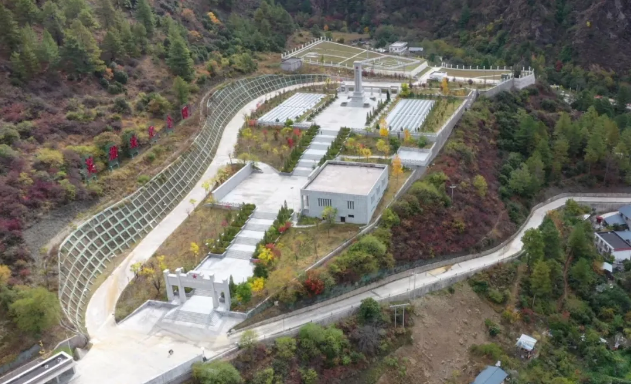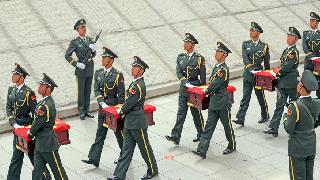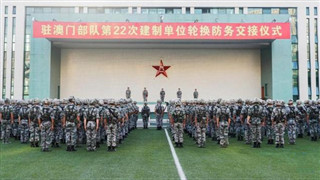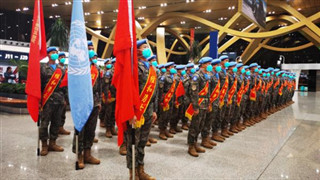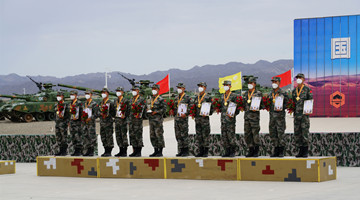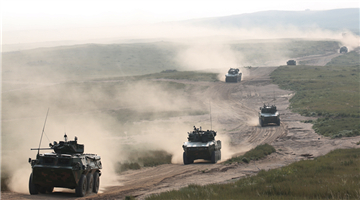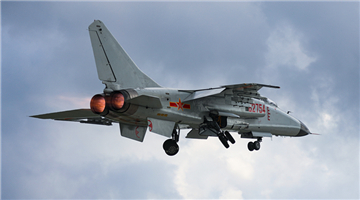2. Quelling armed rebellion and democratic reforms in 1959
However, the provisions on democratic reforms as prescribed by the 17-Article Agreement affected the interests of the defenders of feudal serfdom. Instigated by foreign anti-China forces, the reactionary group of the upper class in Tibet blatantly tore up the Agreement on March 10, 1959, and brazenly launched an all-out armed rebellion aiming at splitting China.
The rebellion was finally quelled by the PLA with the support and cooperation of the serfs. During the three years of struggle, a total of over 23 thousand heads and backbones of the rebellion force were wounded, captured, or killed, including 25 Tibetan airborne spies trained by the US. The cessation of the rebellion brought the chance of breaking the feudal shackles of a thousand years to the masses of Tibet. In July 1959, the Preparatory Committee of the Tibet Autonomous Region made a resolution on democratic reforms.
The democratic reforms in Tibet completely abolished the feudal serf ownership, and the serfs gained personal freedom and obtained a share of land and other means of production. Serfs who had been regarded as “talking cows and horses” for thousands of years became masters of themselves and the new society for the first time. In addition, the Tibetan people of all ethnic groups established People’s governments at various levels following the abolishment of feudal serfdom in Tibet.
The democratic reforms in Tibet have greatly liberated and developed social productive forces, realizing the leap from feudal serfdom to socialism. Since then, Tibet has ushered in the golden period featuring the best and fastest development all through its thousand-year history.
Tibet’s GDP was only 129 million yuan in 1959, but has grown to 190.3 billion yuan by 2020;
Its per capita GDP in 2020 was 52,345 yuan, an increase of 369 times from 142 yuan in 1959;
In the early days of peaceful liberation, the average life expectancy of Tibetans was 35.5 years, which has become 71.1 years today. A total of 6.85 million Tibetans are covered in various social insurances, with a basic pension insurance coverage of up to over 95%;
There was once no school in the modern sense in old Tibet, where the illiteracy rate among young and middle-aged adults was as high as 95%. As of 2020, the enrollment rate of primary-school-age children in Tibet has reached 99.93%;
Before the peaceful liberation, Tibet had no single highway. The Qinghai-Tibet and Sichuan-Tibet highways were completed and opened to traffic in 1954. Today, the total mileage of the highways has reached 117,000 km. The opening of the Qinghai-Tibet Railway to traffic served to end the history of old Tibet with no railway.
“Today, Tibet features unprecedented foundation, opportunities, and stamina for development”, said Qizhala, chairman of Southwest China’s Tibet Autonomous Region.
